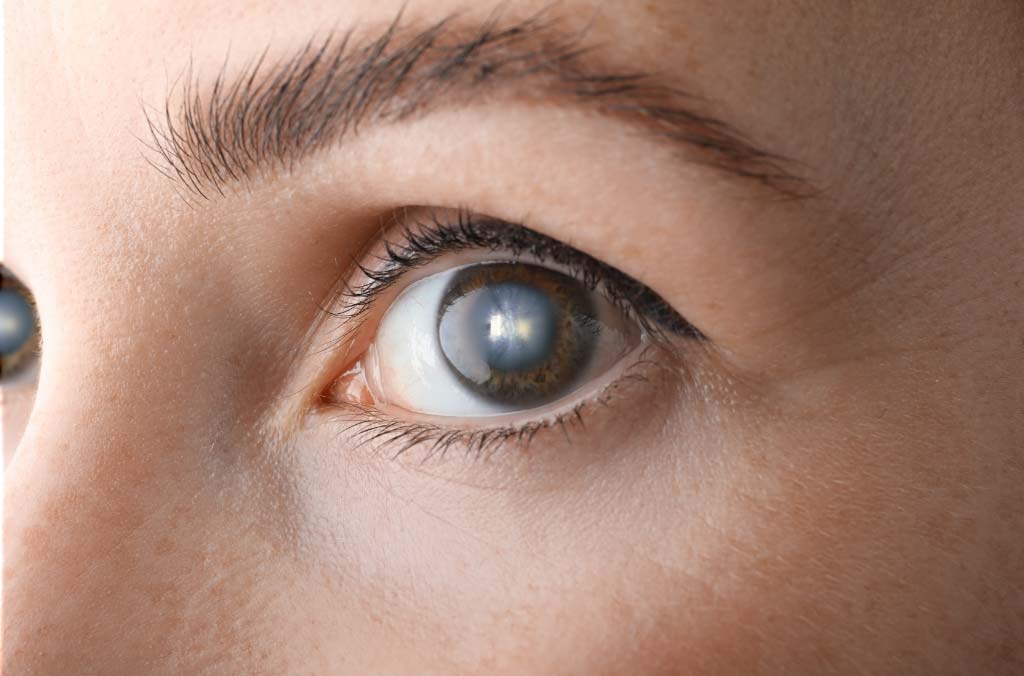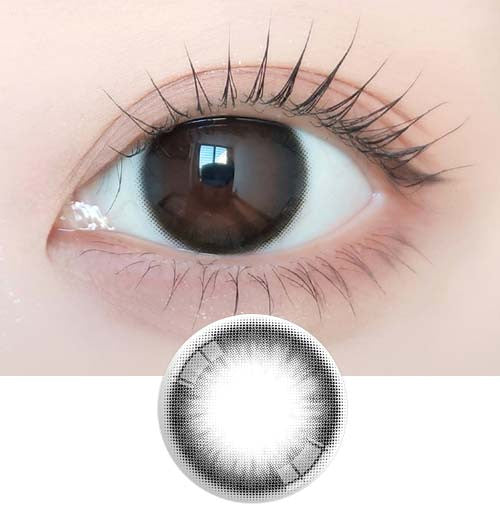Cataracts and Your Vision: Causes, Symptoms, and How to Manage Them
•Posted on May 02 2025

Cataracts form when the normally transparent lens inside your eye becomes cloudy, leading to reduced visual clarity. They can develop in one eye or both, and often progress gradually over time.
As cataracts develop, vision may become dull, blurred, or slightly yellowed. Some people describe it as looking through frosted glass or having a foggy film over everything. While cataracts don't typically cause pain or redness, they can interfere with everyday tasks like reading, driving, or recognizing faces.
In this article, we’ll explore what leads to cataracts, how to recognize the symptoms, who’s at risk, and what treatments are available to restore clear sight.
Why Cataracts Develop
The primary reason cataracts form is due to age-related changes in the proteins that make up the eye’s lens. To understand this better, let’s first look at what the lens does.
Located just behind the iris (the colored part of the eye), the lens works with the cornea to focus light onto the retina at the back of the eye. The retina then converts the light into electrical signals that travel through the optic nerve to your brain, which processes them into the images you see.
When a cataract begins to form, proteins in the lens start to clump together. These clumps create cloudy spots that block or scatter incoming light, preventing a sharp image from forming on the retina. As a result, the brain receives a distorted or hazy visual signal, making vision less clear.
Age is the most common factor, but other causes include prolonged exposure to UV rays, diabetes, eye injuries, and certain medications.
Who Is at Risk for Cataracts?
While cataracts are most frequently associated with aging, they can also develop earlier in life due to various factors. Let’s explore the most common risks that increase your chances of developing this condition.
Age
The most significant risk factor for cataracts is aging. Starting around age 40, the proteins in the eye’s lens can begin to break down, though most people don’t experience noticeable vision issues until their 60s or later.
Family History and Genetics
Cataracts can sometimes run in families. Certain inherited traits or gene mutations may increase your risk. In some cases, children are born with cataracts—these are called congenital cataracts—and they often result from genetic conditions passed down from parents.
Environmental Exposure
External factors also play a role. Living in high-altitude areas, frequent exposure to sunlight (UV rays), and contact with pollutants or harmful chemicals can all increase your risk. Smoking and excessive alcohol consumption are also linked to earlier cataract development.
Medical Conditions and Medications
People with health conditions like diabetes or those who have undergone eye surgeries such as glaucoma treatment may be more likely to develop cataracts. Long-term use of corticosteroid medications or having eye diseases like uveitis or retinitis pigmentosa can also contribute to lens clouding.
Types of Cataracts
Cataracts are often classified by where they appear on the lens or by what caused them. Here’s how eye doctors typically describe them:
By Location on the Lens
- Nuclear Cataracts: These affect the central zone (nucleus) of the lens.
- Cortical Cataracts: These start around the outer edge (cortex) and often spread inward like spokes on a wheel.
- Posterior Subcapsular Cataracts: These form at the back surface of the lens, often interfering with reading vision and bright-light tolerance.
By Cause or Patient Group
- Age-Related Cataracts: The most common type, typically due to aging.
- Pediatric Cataracts: Rare, but can be present at birth or develop in early childhood.
- Traumatic Cataracts: Caused by direct injury to the eye.
- Secondary Cataracts: These occur after cataract surgery and affect the lens capsule, the membrane that once enclosed the original lens.
Common Signs of Cataracts
How do you know if you might have a cataract? Symptoms vary, but these are the most frequently reported:
- Blurred or hazy vision
- Faded or yellowed colors
- Double vision in one eye
- Glare or halos around lights
- Difficulty seeing at night
- Sensitivity to sunlight or bright lights
- Needing brighter lighting to read or focus
- Frequent changes in glasses or contact lens prescriptions
- In children, a cloudy or gray appearance in the pupil
If you notice any of these symptoms, especially if they start to impact your daily activities, it’s important to see an eye doctor for a proper evaluation.
How Cataracts Are Diagnosed and Treated
Cataracts are typically discovered during a routine comprehensive eye examination. This process helps identify the condition early, even before noticeable vision changes occur.
Eye Exam and Diagnosis
The eye doctor will begin by asking about your medical background, vision changes, and any specific symptoms that could indicate the presence of cataracts. After that, your pupils are likely to be dilated using special drops, which allows for a clearer view inside the eye.
Using a slit lamp (a high-powered microscope with a light), the doctor examines the front structures of the eye—including the cornea, iris, and especially the lens—to check for cloudiness. A retinal examination may also be performed, often using an ophthalmoscope, to assess how cataracts might be affecting the retina and optic nerve.
Treatment Options for Cataracts
The right treatment depends on how much the cataract is affecting your quality of life. In the early stages, updated eyeglass or contact lens prescriptions may be enough to manage vision changes.
If your daily activities—like reading, driving, or seeing in low light—are becoming difficult, your doctor may suggest cataract surgery.
Cataract Surgery: What to Expect
Cataract surgery is one of the most common and safest eye procedures performed today. During surgery, the cloudy lens is removed and replaced with a clear artificial lens, called an intraocular lens (IOL).
Modern IOLs not only restore clarity but may also correct other vision issues such as nearsightedness, farsightedness, astigmatism, or age-related presbyopia. Your eye care provider will help determine the best lens option for your needs.
In some cases, a secondary cataract may develop weeks or months after surgery. If that happens, a quick, painless laser treatment called YAG capsulotomy is often used to restore clear vision.
Can Cataracts Be Prevented?
While there's no guaranteed way to stop cataracts from forming, several lifestyle choices may help slow their development:
- Schedule regular eye exams, especially after age 40
- Avoid tobacco products
- Manage health conditions like diabetes
- Follow a nutrient-rich diet, especially with antioxidants
- Limit alcohol intake
- Protect your eyes from UV rays by wearing sunglasses outdoors
Making these habits part of your routine can help preserve eye health and delay age-related vision issues.




